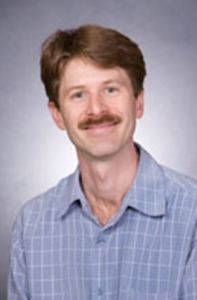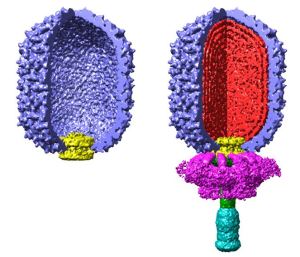
In today’s Academic Minute, a physicist at The University of California San Diego discusses the role of his field in the study of genetics and DNA.
Doug Smith, an associate professor of physics in UC San Diego’s Department of Physics, discusses the operational mechanics of DNA molecules.
Dr. Doug Smith is a physicist who studies molecular motors, the physics of knots, and the dynamics of single polymers such as DNA. He earned a Ph.D. from Stanford University and a bachelor’s degree in physics from the University of Chicago.
Molecular Motors
 DNA molecules hold the operating instructions for entire organisms, and the blueprints to build them as well. That’s a lot of information, which means these strings of code are long and unwieldy.
DNA molecules hold the operating instructions for entire organisms, and the blueprints to build them as well. That’s a lot of information, which means these strings of code are long and unwieldy.
Living things contend with DNA in a variety of ways. Within the nucleus of cells, for example, DNA wraps around proteins called histones.
Many viruses use DNA for their genetic code. And although they are tiny, viruses cram a whole long string of a DNA molecule into a little capsule.

They do this by reeling the DNA in with a molecular motor. The operation proceeds in fits and starts.
I’m a physicist who studies the mechanics of this process. My research group has devised a way to watch individual motors at work. We want to know if the DNA rolls up in an orderly spool or if it jams into awkward configurations.
To find out, we stuck individual pieces of the machinery onto beads that we can move about with lasers.
It’s like fishing. We dangle a DNA molecule in front of the viral motor. If we’re lucky, the motor grabs the DNA and starts pulling it into the viral head.
Then we stop the motor by cutting of its supply of chemical energy. And wait.
The question is: does the DNA relax into a lower energy state?
The answer is yes. When we restart the motor, it reels DNA in faster and with fewer pauses. The longer the stall, the greater the acceleration.
While resting, the molecule must have untangled a bit, though that happened far more slowly within the tight confines of the viral capsule than it would if the DNA were loose.
How fast this virus packages DNA then, is determined more by physics than by chemistry.
Read More: The bacteriophage phi29 portal motor can package DNA against a large internal force
